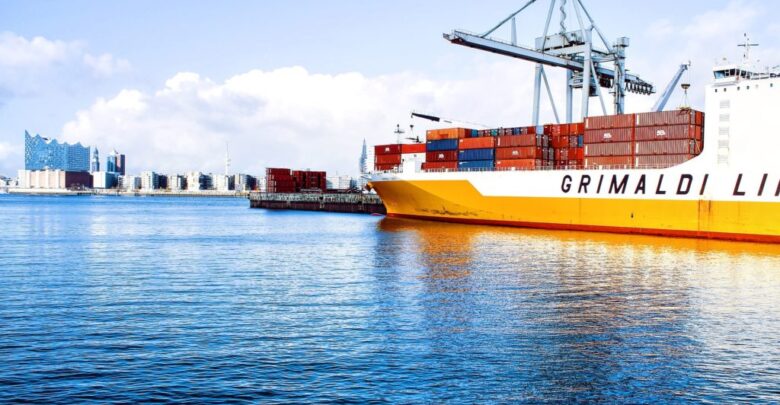Five Things to Avoid in Shipping to Europe

When shipping goods internationally, there are several things that senders need to keep in mind. Apart from the cost of shipping and handling logistics, other vital factors require consideration to ensure a smooth shipping process. Without paying sufficient attention to these crucial factors, they may become a nuisance in the future. One of these factors that require careful consideration is understanding the regulations involved in international shipping. This is especially so when it comes to shipping goods to first-world countries such as those in Europe. While such countries may have exemplary shipping services, most of them have stringent laws about what goes in and out of their borders.
When Shipping to Europe, it would be very wise to familiarize yourself with the laws that govern the freight industry in the region. Finding out the restrictions involved and prohibited goods should be of utmost importance to ensure your shipping process is hassle-free. Moreover, knowing what is allowed into a country will help you stay on the right side of the law. Although some goods are prohibited and thus completely forbidden from being imported, some may be allowed into the country under specific conditions. Since sending prohibited items to Europe can lead to serious legal issues, here are five items you should avoid sending to the region.
Chemicals and Hazardous Materials
Chemical compounds that are potentially dangerous to people, animals, and the environment are either strictly prohibited or restricted in European countries. Chemicals that are in their raw state are also prohibited from being transported to Europe Therefore, you should avoid sending any items that contain these dangerous chemicals to Europe. If you have to transport any chemicals to the region, it would be wise to refer to the Material Safety Data Sheet to ascertain if it’s legible for shipping. Items classified as peroxides, sealants, and adhesives are some of the most common goods that get confiscated when they reach European borders.
Perfumes and Colognes
Transporting goods containing fragrant or aromatic liquids, typically made using essential oils or extracts, to Europe is restricted. Any liquids that are manufactured to impart pleasant scents can only be transported to Europe under specific circumstances. For example, all perfumes and colognes can only be transported via DHL and can’t exceed 500 milliliters per bottle. The sender may also be charged for transporting dangerous goods.
Products Containing Lithium Batteries
Any goods that contain Lithium-Ion, Lithium metal, or Lithium Polymer batteries can only be transported to Europe under specific conditions. Moreover, the transportation of loose Lithium batteries to European countries is also prohibited. Thus, goods like power tools that come with separate Lithium batteries are also restricted. A good example of such restrictions is the fact that Lithium batteries found inside devices must not exceed 5 kilograms.
Soil
Soil can be described as the loose part of the earth on which plants grow. Essentially, the soil usually consists of disintegrated rock particles mixed with organic materials and soluble substances. In Europe, soil and any type of soil enhancing products are not allowed into the country without a special permit. Therefore, dirt, mud, clay, sand, any other loose soil particles are nearly impossible to transport to the European region.
Medical Instruments
It’s forbidden to transport items that are used in the diagnosis, treatment, and monitoring of medical conditions to Europe. In other words, all types of medical devices and supplies can’t be transported to European countries. Dental supplies are also prohibited without the necessary government permits. For this reason, it would be best to avoid transporting medical devices to Europe lest you get in trouble with authorities.
Final Thoughts
There’s no doubt that shipping can be quite a long and arduous experience. There are a lot of things that require meticulous planning and careful execution in the shipping process. Even so, with the right preparation, the process can be simple and hassle-free. Use the information provided above to help you in your next shipment to Europe.
